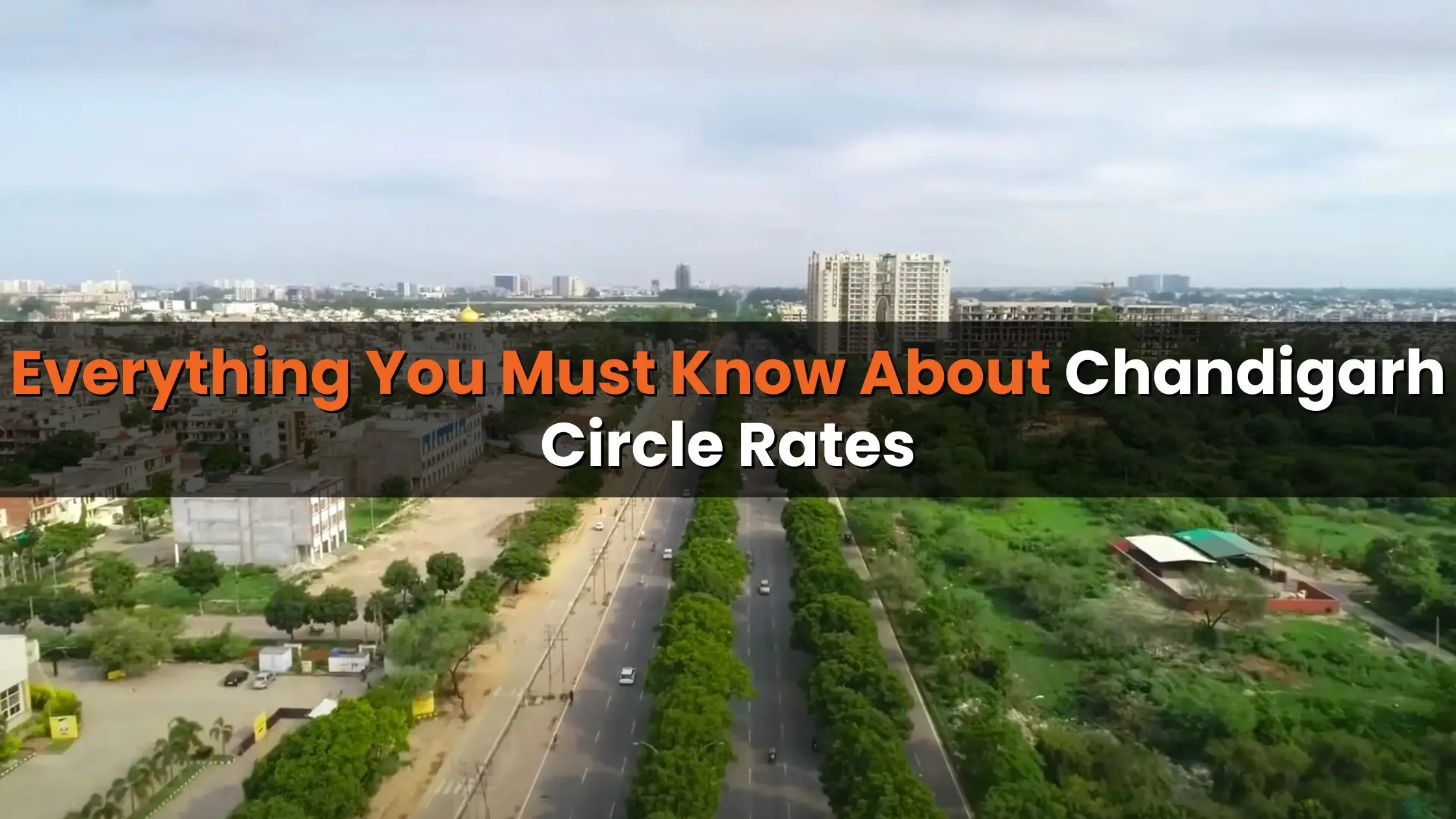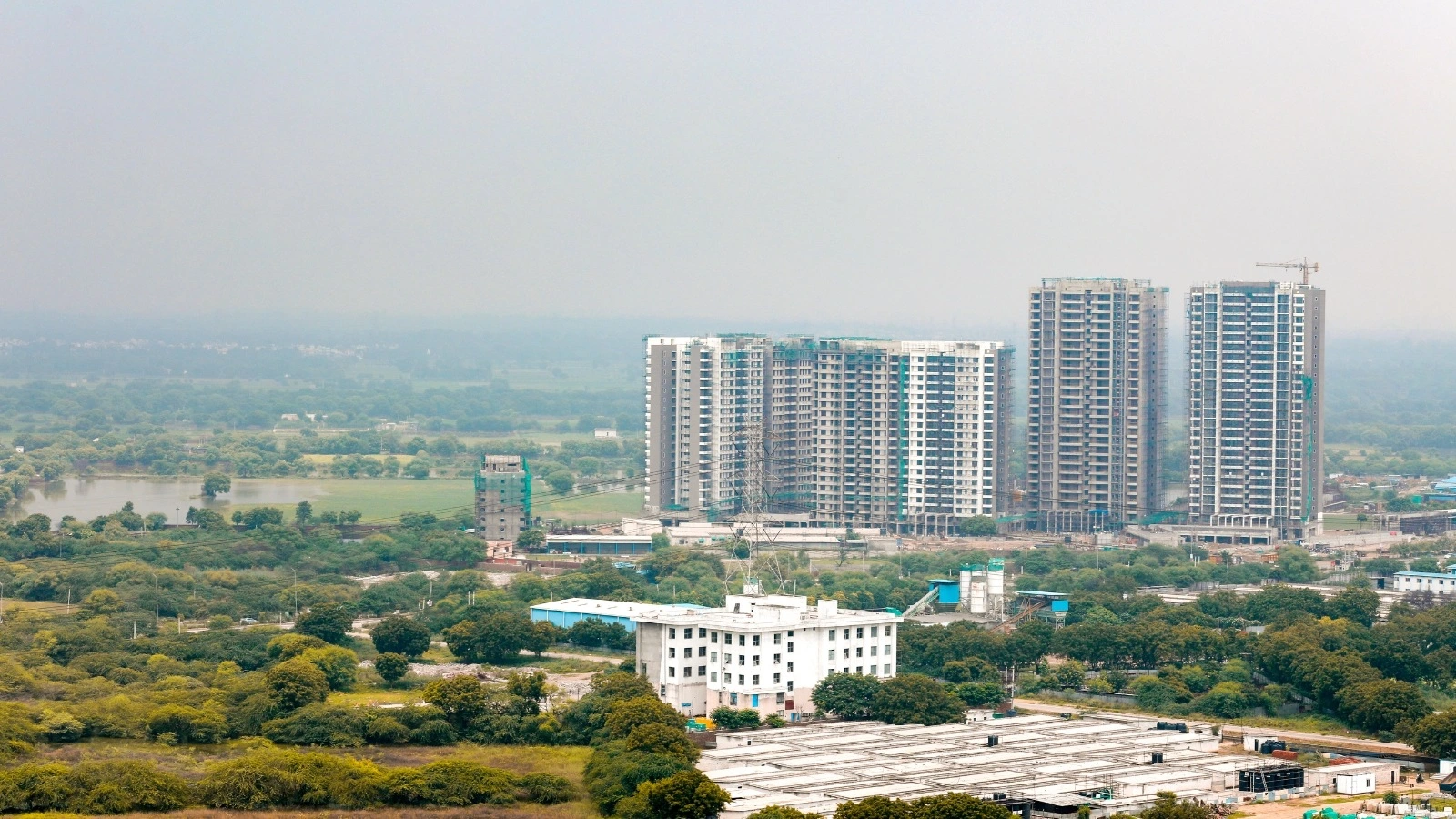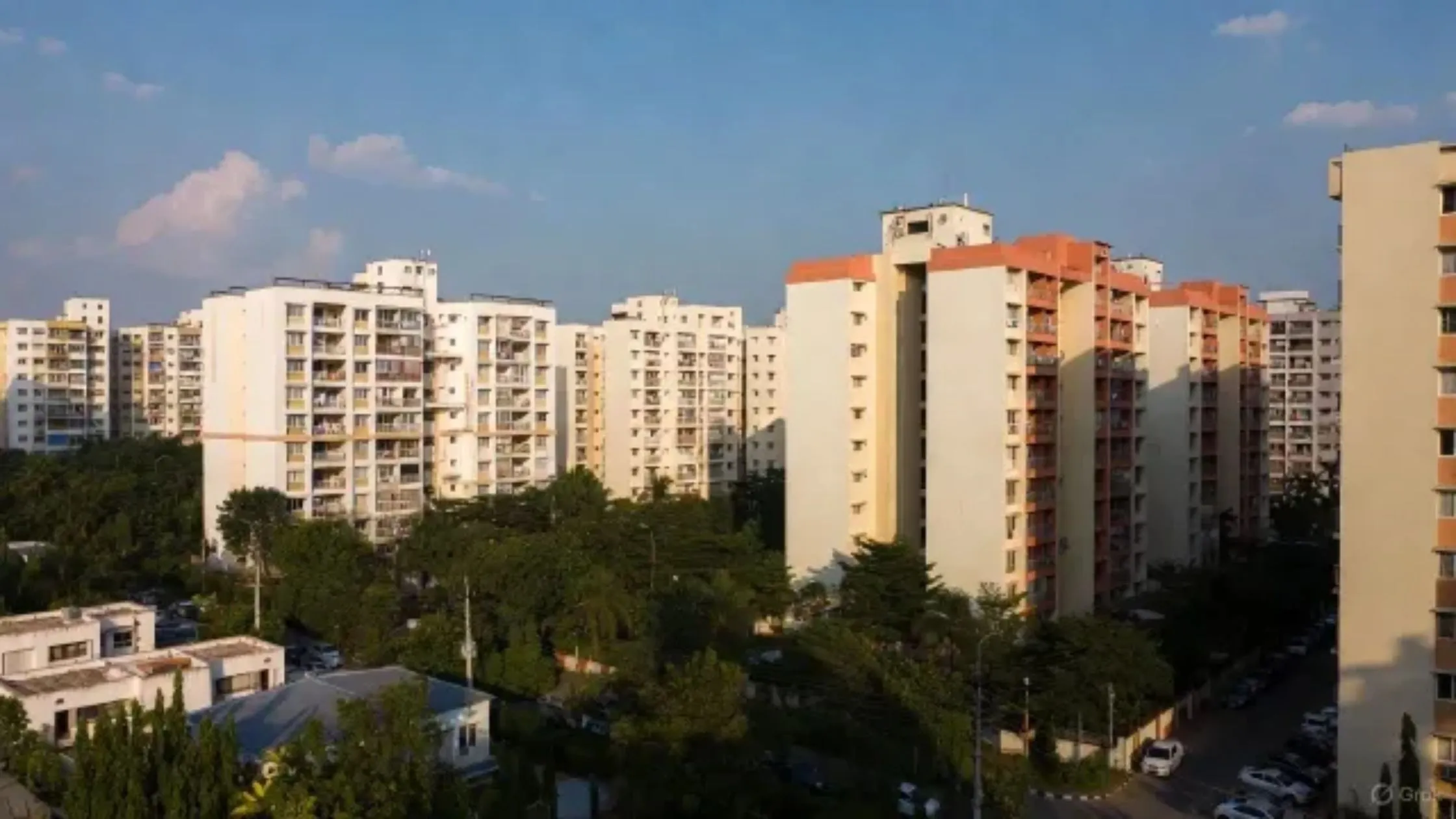Table of Content
- What Are Chandigarh Circle Rates?
- Why Are Chandigarh Circle Rates Important?
- Factors Influencing Chandigarh Circle Rates
- Updated Chandigarh Circle Rates for 2025
- Chandigarh Circle Rates vs. Market Rates
- How to Check Chandigarh Circle Rates
- Tips for Buying Property in Chandigarh
- Key Takeaways on Chandigarh Circle Rates
- Conclusion
The thriving real estate market in Chandigarh, with its well-planned sectors and premium amenities, is driven by various regulations, one of which is the circle rate system. Chandigarh circle rates, also known as ready reckoner rates or guidance values, are pivotal in ensuring transparent property transactions, fair pricing, and optimized revenue collection for the government.
This article provides an in-depth look at Chandigarh circle rates, their importance, the factors that influence them, and how they compare to market rates. Additionally, we will explore the updated Chandigarh circle rates for 2025 and provide tips for property buyers to navigate the system effectively.
What Are Chandigarh Circle Rates?
The district government sets the Chandigarh circle rates, which are the lowest property prices needed for property registration. These rates, which are determined by variables such property type, location, and size, serve as a standard for real estate transactions.
The circular rates are the starting point for calculating stamp duty and registration fees, and they are formally announced by the registrar or sub-registrar's office. Circle rates stay the same until the administration makes changes, while market pricing change according on supply and demand.
Also Read: Circle Rates in Delhi: A Complete Guide for Homebuyers
Why Are Chandigarh Circle Rates Important?
Chandigarh circle rates are fundamental to maintaining order and fairness in property transactions. Here’s why they are so crucial:
1. Fair Property Valuation
Circle rates ensure that buyers and sellers have a realistic benchmark for property values, providing a standardized approach to property pricing. These rates are calculated by considering the type, location, size, and other characteristics of the property.
2. Fraud Prevention
By establishing a minimum property value, circle rates help prevent fraudulent activities, such as underreporting transaction values to evade taxes. Both buyers and sellers can rely on circle rates for transparent dealings.
3. Revenue Generation
The government relies on circle rates to calculate stamp duty and registration fees. This ensures a steady revenue stream that contributes to infrastructure development and urban planning initiatives.
Factors Influencing Chandigarh Circle Rates
The district administration considers several factors when determining circle rates in Chandigarh:
1. Type of Property
Different types of properties have varying circle rates. For instance, commercial properties generally have higher circle rates than residential or agricultural properties.
2. Location
Properties in prime sectors, such as Sectors 1 to 12, command higher circle rates due to their premium locations and superior infrastructure. Properties in rural or less developed areas have lower rates.
3. Facilities and Amenities
The availability of schools, hospitals, parks, and other essential facilities significantly impacts circle rates. Properties equipped with modern amenities like elevators, power backups, and recreational areas attract higher rates.
4. Market Trends
Although circle rates are usually lower than market rates, they are occasionally revised to align with market trends and ensure competitiveness.
5. Property Usage
The intended use of the property, whether residential, commercial, or industrial, also plays a significant role in determining its circle rate.
Updated Chandigarh Circle Rates for 2025
The Chandigarh administration categorizes properties into urban and rural areas, with distinct rates for each. Here are the latest circle rates for residential properties:
RESIDENTIAL (Urban Area)
|
Sector 1 to 12 |
Rs. 1,78,600 per sq. yd |
|
Sector 14 to 37 |
Rs. 1,47,600 per sq yd |
|
Sector 38 & onwards |
Rs. 1,28,200 per sq. yd |
|
Independent Dwelling Unit |
Rs. 1,26,400per Sq yd |
|
Housing Board Flats |
G.F - Rs. 9,300 per sq ft 1st Floor – Rs. 7,490 per sq ft 2nd Floor - Rs. 6,810 per sq ft 3rd Floor & onwards - Rs 5,800 per sq ft |
|
Industrial Houses |
G.F - Rs. 8,060 per sq ft 1st Floor - Rs. 5,700 per sq ft 2nd Floor – Rs 5,800 per sq ft |
|
Flats in Co-Operative Housing Societies & Other Societies. |
G.F - Rs.9,650 per sq ft 1st Floor - Rs.10,220 per Sq ft 2nd Floor - Rs.9,140 per Sq ft 3rd Floor & onwards - Rs 7,900 per sq ft |
|
Uppals Marbel Arch Flats in Manimajra, Chandigar |
Rs 13,850 per sq ft. |
|
Cheap House |
Rs. 62,96,700 |
|
Shivalik Enclave(Residential) |
Rs 83,500 per Sq.Yd. |
|
Milk Colony, Dhanas, (Residential) |
Rs 66,900 per Sq.Yd. |
Also Read: Circle Rates in Gurgaon: A Complete Guide for Homebuyers
RESIDENTIAL (Rural Area)
|
Burail and Manimajra (Abadi Deh) |
Rs 53,600 per sq yard |
||||||
|
Other Villages (Abadi Deh) |
Rs 39,400 per sq yard |
||||||
Chandigarh Circle Rates vs. Market Rates
While circle rates serve as a regulatory benchmark, market rates are influenced by real-time demand and supply. Here’s how they differ:
1. Transaction Registration
Property registrations are based on circle rates, ensuring uniformity in transactions, even if market rates are higher or lower.
2. Stamp Duty Calculation
Stamp duty charges are calculated based on circle rates, not market rates. This ensures a consistent revenue model for the government.
3. Price Fluctuation
Market rates can fluctuate frequently due to economic conditions, whereas circle rates are revised less often, usually twice a year.
How to Check Chandigarh Circle Rates
Staying updated on Chandigarh circle rates is essential for property buyers and sellers. Here are some ways to access this information:
- Visit the Official Website: The Chandigarh Administration’s website provides the latest circle rate updates.
- Sub-Registrar’s Office: Visit the local sub-registrar office to obtain a detailed rate list.
- Real Estate Agents: Trusted property dealers can also provide accurate circle rate information for specific areas.
Tips for Buying Property in Chandigarh
Navigating the real estate market can be challenging. Here are some tips to ensure a seamless property transaction:
- Check Circle Rates: Understand the circle rates for your desired location to make an informed decision.
- Use Valuation Tools: Evaluate market rates using property valuation tools to compare with circle rates.
- Verify Ownership: Conduct a thorough title search to verify the seller’s ownership rights.
- Inspect Amenities: Assess the facilities and amenities offered to ensure the property meets your needs.
Also Read: Guidance Value Karnataka: Understanding Revised Circle Rates Across Cities
Key Takeaways on Chandigarh Circle Rates
- The Chandigarh circle prices serve as a standard for equitable real estate deals.
- They are necessary for figuring out registration costs and stamp duty.
- Property type, location, and amenities all affect circle rates.
- Although market rates are subject to fluctuations, the administration frequently revises circle pricing.
Conclusion
Chandigarh circle rates are indispensable for maintaining transparency and order in the city’s real estate market. Whether you’re buying or selling property, understanding these rates will empower you to make informed decisions. By staying updated on circle rates and adhering to the guidelines, you can ensure a smooth and hassle-free property transaction in Chandigarh.
Follow AquireAcers Whatsapp Channel to Stay Updated With The Latest Real Estate News





_1765522271.webp)

Ans 1. Circle rates, also known as ready reckoner rates, are the minimum property values set by the government for property registration. They ensure transparency, fair property valuation, and help calculate stamp duty and registration fees.
Ans 2. The rates are based on various factors, including property type (residential, commercial, industrial), location (prime sectors versus rural areas), amenities available, and market trends.
Ans 3. Circle rates are the baseline values used for registration and taxation, whereas market rates are influenced by real-time demand and supply. Market rates often fluctuate, while circle rates are revised periodically by the administration.
Ans 4. The article provides detailed rates for urban and rural areas, with higher rates for premium sectors like Sectors 1–12 and lower rates for rural areas and abadi deh villages.
Ans 5. Circle rates can be accessed on the official Chandigarh Administration website or through the local sub-registrar’s office. Trusted real estate agents can also provide updated rate information.
Ans 6. Circle rates determine the minimum property valuation for transactions, ensuring uniformity. They are also the basis for calculating stamp duty and registration fees, making them integral to the buying and selling process.
Ans 7. No, properties cannot be registered below the circle rate. Transactions must meet or exceed the circle rate value to be legally valid and to avoid penalties.
Ans 8. Circle rates are typically revised once or twice a year by the administration to reflect market conditions and maintain fair property valuations.
Ans 9. Buyers should consider the circle rate of the area, market trends, amenities, legal ownership of the property, and its intended use (residential or commercial).
Ans 10. Circle rates form the basis for calculating stamp duty and registration fees, which are key revenue sources for the government. These funds support infrastructure and urban development projects.